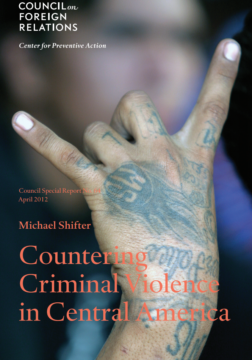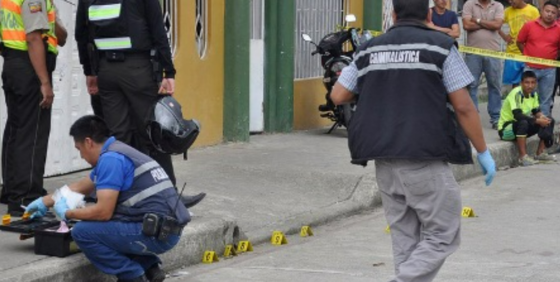
¿Qué Se Puede Hacer Para Bajar la Tasa de Homicidios en Ecuador?
Un Q&A del Latin America Advisor que presenta las opiniones de los expertos sobre el aumento de la tasa de homicidios en Ecuador.
Un Q&A del Latin America Advisor que presenta las opiniones de los expertos sobre el aumento de la tasa de homicidios en Ecuador.
Rebecca Bill Chavez writes for the New York Times on strained relations between the United States and Mexico following the Trump administration’s threats to the North American Free Trade Agreement.
On October 3, the Inter-American Dialogue hosted an event entitled “How Insecurity Shapes Daily Life in Central America” to discuss a report recently published by the Inter-American Dialogue and the Latin American Public Opinion Project (LAPOP) on crime avoidance in Central America. The event was moderated by Michael Shifter, with the speakers including Elizabeth Zechmeister, Carole Wilson, Michael Camilleri, and Juan Gonzalez. The panel discussed the report’s methodology and findings, as well as some of the broader implications of the research for policymakers in Latin America and the United States.
On Tuesday, May 6th, the Inter-American Dialogue and the Inter-American Development Bank (IDB), hosted an event with Therese Turner Jones, Heather Sutton, Stacey Plaskett, and Richard Aborn. This event was the launch of the IDB’s new publication Restoring Paradise in the Caribbean: Combatting Violence with Numbers. The speakers focused on crime and violence, the region’s greatest challenge.
The Dialogue, together with the Inter-American Development Bank (IDB), hosted an event on March 2nd to launch the study “The Cost of Crime in Latin America and the Caribbean” with Nathalie Alvarado, Principal Specialist in Citizen Security at the IDB; Laura Jaitman, Citizen Security Specialist at the IDB; Angela Me, Chief of the Research and Trend Analysis Brand at the UNODC; Desmond Arias, Associate Professor at Georgetown University; and Michael Shifter, President of the Dialogue.
Should CICIG’s mandate be extended? What factors are shaping the debate, and what will most likely be the outcome?
With roughly 50,000 murders a year for the past decade, Brazil is one of the world’s most violent countries.
Honduras is in the midst of a security crisis, with alarming levels of official corruption and the world’s highest homicide rate.
Violent crime in Central America, particularly in the “northern triangle,” is reaching breathtaking levels.
Medellín is Colombia’s second largest and fastest growing city, but also the most dangerous major city in the country.
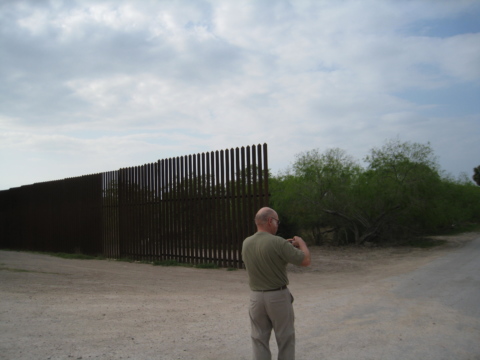
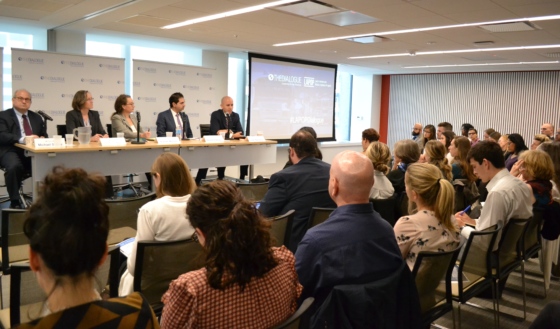 Video
Video
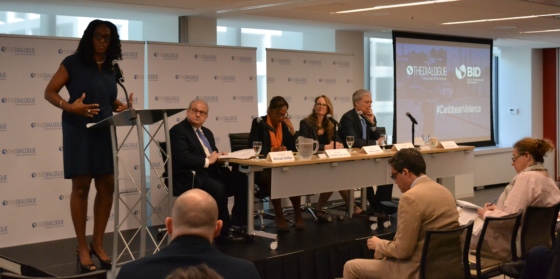 Video
Video
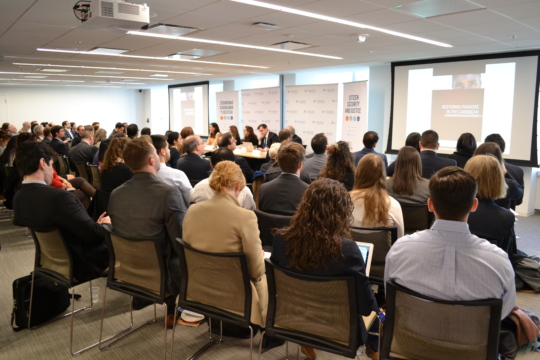
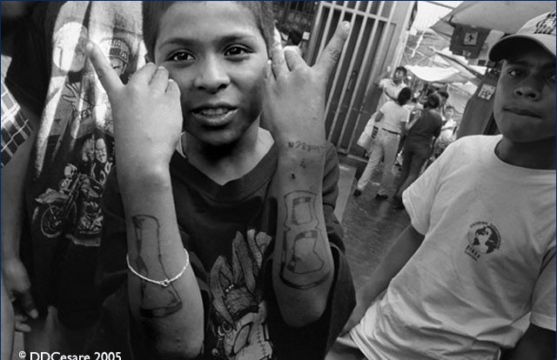
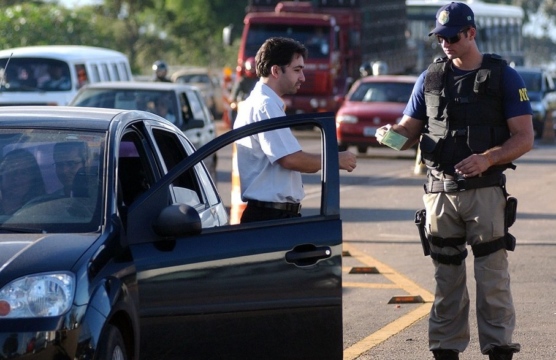
 Video
Video
